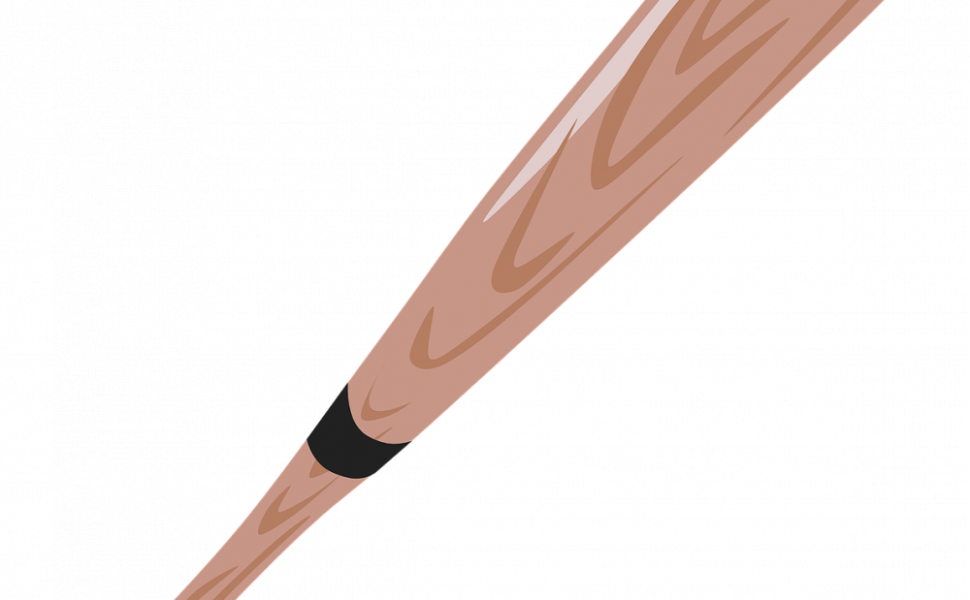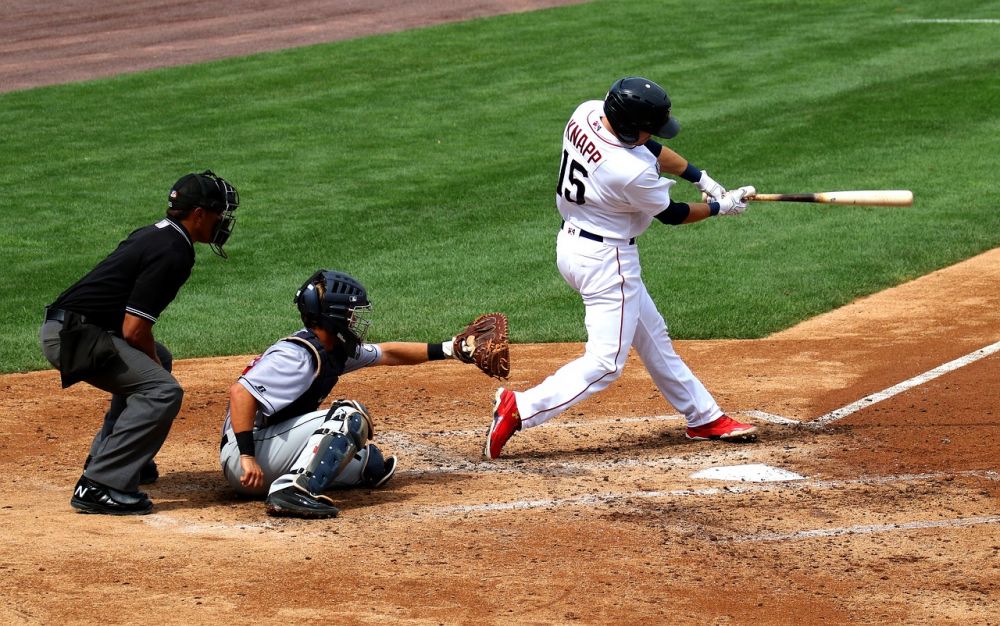Baseball Ball: A Comprehensive Guide

Introduction:
Baseball, often referred to as America’s favorite pastime, is a sport that has gained immense popularity worldwide. At the heart of this sport lies the key element – the baseball ball. In this comprehensive guide, we will delve into the intricacies of the baseball ball, exploring its various types, characteristics, and historical significance.
An Overview of the Baseball Ball

The baseball ball is the fundamental component of the game, serving as the central object of play. It is a small, spherical object measuring approximately 9 inches in circumference and weighing around 5 ounces. The outer skin of the ball is crafted from sturdy leather, providing durability and resistance to wear and tear. Inside, a core made of cork or rubber is surrounded by layers of tightly wound yarn, ensuring the ball maintains its structure and density.
Comprehensive Presentation of Baseball Ball
Types of Baseball Balls:
1. Official MLB Baseball:
– Used in professional Major League Baseball games.
– Crafted with the highest standards of quality and consistency.
– Features a signature red stitching and prominent branding.
2. Youth Baseball:
– Specifically designed for younger players, typically aged 12 and below.
– Smaller in size and lighter in weight to suit the physical capabilities of young players.
– Slightly softer construction to reduce the risk of injury.
3. Practice Baseball:
– Used during training sessions and practice games.
– May have slightly different specifications compared to official game balls.
– Allows players to refine their skills without using high-quality balls.
Popularity and Brand Preferences:
1. Official MLB Baseball:
– Most widely recognized and popular baseball ball worldwide.
– Manufactured by Rawlings, an iconic brand associated with baseball.
– Other brands like Wilson and Mizuno also offer high-quality alternatives.
2. Youth Baseball:
– Brands like Franklin, Easton, and Rawlings produce popular youth baseballs.
– Varied designs and features to cater to specific age groups and skill levels.
Quantitative Measurements of Baseball Ball
Several quantitative measurements are crucial to determine the performance and characteristics of a baseball ball:
1. Weight:
– The standard weight for baseball balls is around 5 ounces.
– Slight variations may occur due to manufacturing processes.
2. Circumference:
– Official baseball balls have a circumference of approximately 9 inches.
– Consistency in size ensures fair gameplay and accurate pitching.
3. Compression:
– Measures the hardness of the ball.
– Determined by the density of the core and the tightness of the yarn winding.
A Discussion on the Differences Between Baseball Balls
Baseball balls can differ in terms of their construction, performance, and intended use:
1. Core Material:
– Cork core: Provides a solid and rigid feel, resulting in a livelier bounce off the bat.
– Rubber core: Offers a softer and more forgiving bounce, ideal for training purposes.
2. Yarn Winding:
– Some balls feature tightly wound yarn, enhancing their durability and responsiveness.
– Others may have looser winding, making them softer and more suitable for recreational play.
3. Seam Height and Stitching:
– The height of the seams and the quality of stitching affect grip, ball movement, and overall control.
– Higher seams allow pitchers to achieve better spin, resulting in more movement on pitches.
– Showcase a comparison of different baseball balls]
Historical Overview of Baseball Ball Advancements
The evolution of baseball balls has led to significant advancements in the game. Throughout history, the sport has witnessed several changes, including:
1. Pre-Major League Era:
– Early balls were handcrafted, featuring a rubber core and leather cover similar to modern-day balls.
– Variations in weight, size, and construction were common before standardized regulations.
2. Modernization and Standardization:
– The formation of Major League Baseball in the late 19th century led to the establishment of official regulations for the baseball ball.
– Improvements in manufacturing techniques enhanced consistency and durability.
3. Technological Innovations:
– Introduction of synthetic materials for the core, enhancing performance and durability.
– Advancements in stitching techniques and materials, ensuring tighter seams and improved grip.
Conclusion:
The baseball ball is the quintessential element of the game, embodying the essence of baseball itself. Understanding the different types, measurements, and historical developments of baseball balls allows players, fans, and enthusiasts to appreciate the intricate details that influence the sport. From Little League games to professional stadiums, the baseball ball remains a pivotal component that brings the joy and excitement of baseball to life.
















































